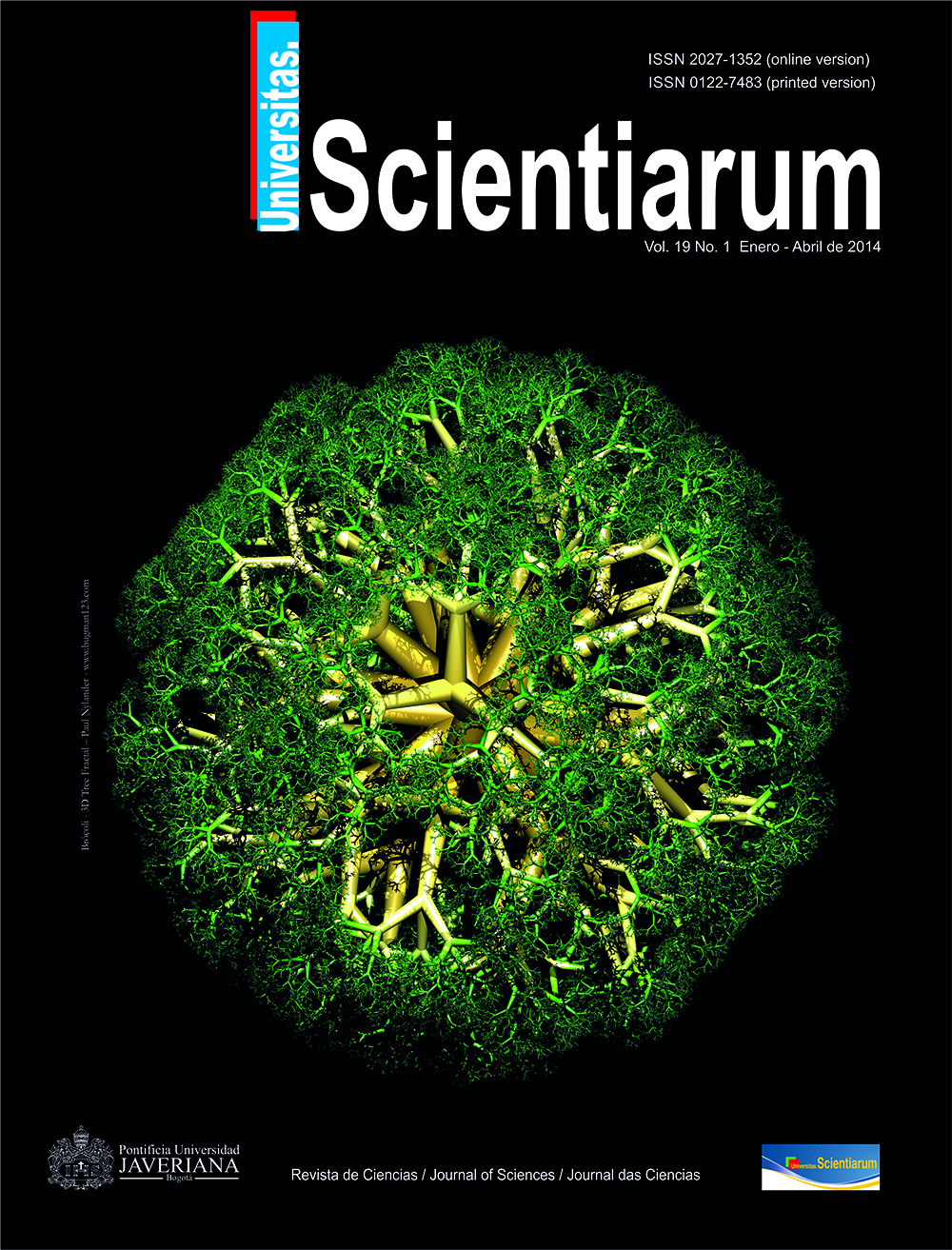Abstract
Montrichardia linifera is commonly known in Brazil as “aninga.” In November 2008 and August 2009, we collected plant samples and extracted leaves and stems using hexane or dichloromethane and methanol to evaluate its biological and chemical potential, phytochemical profile and polyphenol content. Differences in the chemical composition of the collections were evident. In the first collection, the apolar extracts were the richest in metabolite composition while the polar extracts were the richest in the second collection. In general, extracts from Aug/2009 had higher antioxidant and cytotoxic activities than extracts from Nov/2008 and the stem and leaf extracts from the Aug/2009 collection showed the highest polyphenol content. As an insecticide against Sitophilus zeamais, the hexane extract of the leaves (Aug/2009) presented concentration-dependent insecticidal activity. Only the methanolic extract of stems and leaves (Aug/2009) presented a small inhibition halo (9 and 7 mm, respectively) against Aeromonas hydrophila when evaluating its antibacterial potential. The study demonstrates that, collection period is an important factor to consider in phytochemical and biological activity studies of M. linifera.
Univ. Sci. is registered under a Creative Commons Attribution 4.0 International Public License. Thus, this work may be reproduced, distributed, and publicly shared in digital format, as long as the names of the authors and Pontificia Universidad Javeriana are acknowledged. Others are allowed to quote, adapt, transform, auto-archive, republish, and create based on this material, for any purpose (even commercial ones), provided the authorship is duly acknowledged, a link to the original work is provided, and it is specified if changes have been made. Pontificia Universidad Javeriana does not hold the rights of published works and the authors are solely responsible for the contents of their works; they keep the moral, intellectual, privacy, and publicity rights. Approving the intervention of the work (review, copy-editing, translation, layout) and the following outreach, are granted through an use license and not through an assignment of rights. This means the journal and Pontificia Universidad Javeriana cannot be held responsible for any ethical malpractice by the authors. As a consequence of the protection granted by the use license, the journal is not required to publish recantations or modify information already published, unless the errata stems from the editorial management process. Publishing contents in this journal does not generate royalties for contributors.



